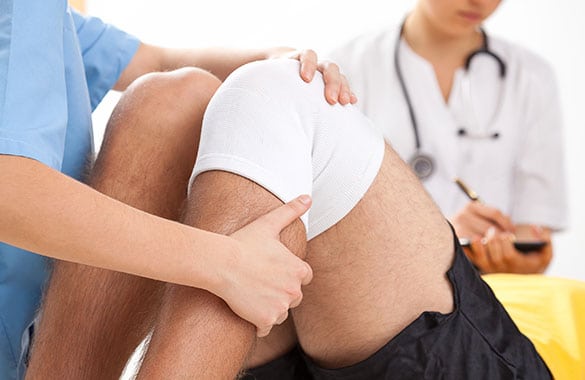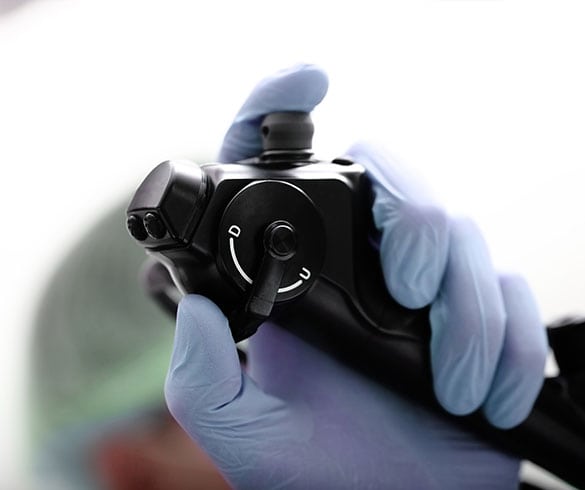
Experience the latest technology through Endoscopic Procedures with Los Angeles Pain Associates.
Involving minimally invasive techniques to access and view parts of the body, endoscopy can be either diagnostic in nature or therapeutic. Endoscopic procedures are commonly used to view areas around and within joints and help with the early detection of cancer.
- An endoscope is a special instrument with a light and camera attached
- The surgeon is able to get a clear internal view
- This method doesn’t require large incisions or disruption
CONTACT US TODAY
Endoscopy
During an endoscopy, an endoscope is inserted either through a small incision, as may be the case if the knee joint was being evaluated, or through a natural opening, such as the mouth. In some instances, an endoscopy is done to remove a small piece of tissue (biopsy) so it can be tested to determine if it’s cancerous.
Endoscopic Ultrasound
An endoscopic ultrasound (EUS) may be done to identify sources of pain and discomfort within the esophageal and stomach linings and the within the walls of the upper gastrointestinal tract. During an EUS, the endoscope is placed through the mouth and sound waves are used to produce detailed visual images of the digestive tract. Specific EUS procedures include:
- Upper EUS (to view upper GI tract)
- Lower EUS (to view lower GI tract)
- EUS guided fine needle aspiration (to obtain a biopsy)
- EUS guided fine needle injection (for pain related to pancreatic cancer or chronic pancreatitis)


Upper Endoscopy
An esophago-gastro-duodenoscopy (EGD) is a type of endoscopic procedure that provides a detailed view of the lining of the upper portion of the GI tract. This includes the stomach and parts of the small intestine. An upper endoscopy may involve dilation of part of the esophagus to produce a better view of upper GI lining to identify sources of abdominal pain, such as tumors, acid reflux, and the presence of harmful agents. An upper endoscopy may be done if patients are experiencing abdominal pain or digestive issues that aren’t responding to standard treatments.
Radiofrequency Ablation
Performed with local anesthetic and mild sedation, radiofrequency ablation (RFA) is an endoscopic procedure that uses heat created by a medium-frequency alternating current. RFA targets specific nerves to disrupt the transmission of pain signals.
Cholangioscopy
Patients who have pain from bile duct stones may benefit from a cholangioscopy. Various forms of the procedure may also be performed to diagnose sources of pain related to the liver, gallbladder, bile ducts, or pancreas. A longer scope may be used to view distant portions of the small intestine.
Endoscopic Mucosal Resection (EMR)
This minimally invasive endoscopic procedure is done to remove abnormal tissues (lesions) in the upper GI tract. It’s usually recommended when either benign or malignant lesions are detected early.
Colonoscopy
A colonoscopy is an endoscopic procedure that’s done to view the large intestine (colon) with a thin, flexible tube. Colonoscopies are often done as a part of annual health screenings to check for early signs of cancer. A related procedure is a flexible sigmoidoscopy where only part of the colon is viewed. A colonoscopy may also be recommended for the following reasons:
- Patients are reporting a change in bowel habits
- Patients have a history of colon cancer or polyps
- Patients are having abdominal or rectal pain that doesn’t have a clear source
Some endoscopic procedures are performed on an outpatient basis and others are done in conjunction with other surgical techniques, including traditional open surgery. When used for diagnostic purposes, endoscopic procedures can help doctors make more precise treatment recommendations. When successful surgical treatment can be done with endoscopic procedures, patients often benefit from fewer risks and shorter recovery periods.

